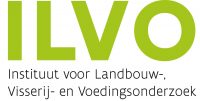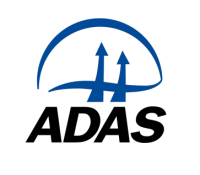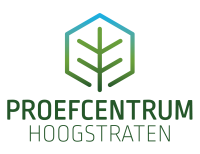About Horti-BlueC
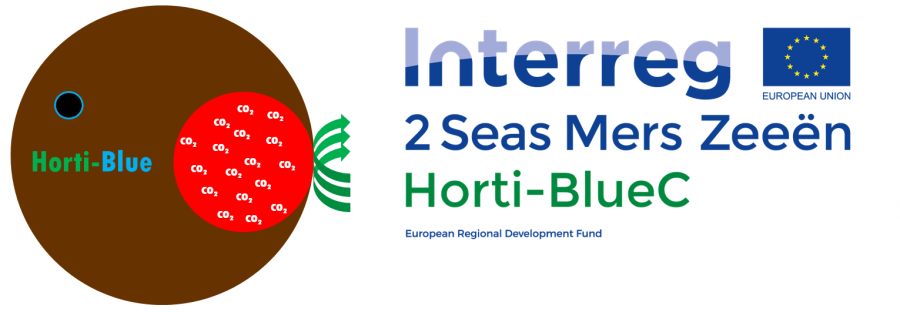
Aim
Currently, horticulture generates a lot of hard-to-recycle residual materials, such as spent growing media. Among others, these side streams may contain a high concentration of nutrients and pesticide residues. Horti-BlueC proposes to substitute non-renewable feedstock materials such as white peat or stone wool with locally-produced, renewable feedstock materials.
The materials that are currently used in growing media are not sustainable. Peat and stone wool are not renewable and the production of stone wool is energy-demanding as well. Although peat has many advantages for use in growing media, its extraction from pristine peatlands threatens these sensitive ecosystems and carbon sinks, meanwhile resulting in increased emissions of greenhouse gases.
By optimizing waste pretreatment and processing techniques, the goal of the project is to prove the feasibility of 4 valorisation chains for producing innovative materials for soilless cultivation, via pilot tests and collaborative platforms. This will save resources (less fossil fuel use, reduced application of chemical plant protection products and fertilizers, among others) and will drastically reduce CO2 emissions from greenhouse horticulture. ILVO as lead partner focuses on the potential of biochar, chitin and plant fibers in sustainable growing media.
Methods
To tackle this issue, Horti-BlueC explores the potential for upcycling 5 specific local side streams: CO2 emitted by greenhouse heating installations, shellfish waste streams (feedstock for chitin), spent growing media (feedstock for biochar), green waste (feedstock for biochar) and plant fibers to contribute to sustainable soilless horticulture. Shellfish waste (e.g., shrimp shells) provides chitin, which can be used as an additive in growing media. Biochar (charred material) is rich in carbon and has the potential to help mitigate climate change via carbon sequestration. Biochar was produced based on spent growing media and green waste. Both chitin and biochar have the potential to increase the fertility of growing media, increase horticultural productivity, and increase the resistance of plants against specific foliar and soil-borne diseases. Plant fibers on the other hand were used as bulk material in growing media, and the captured CO2 was used for CO2 fertilization in greenhouses.
Horti-BlueC adopts technological innovation for greenhouses with a low-carbon heating and fertilization technology, and has run pilot tests for tomato and strawberry cultivation. Horti-BlueC provided a decision tool on conservation, pretreatment, and processing options and sequence for one gaseous and four solid waste streams. This tool is based on the evaluation of the technical potential of combinations of feedstock and processing technology towards application in the greenhouse and in growing media. The economic feasibility was assessed as well.
Expected outcome
The project is quite ambitious, as we aim at adoption of a new greenhouse concept with 30% reduction of fossil fuel, 30% reduction in application of chemical plant protection products, 30% peat and stone wool replacement, and replacement of 20% virgin CO2.
We aim at solving bottlenecks and adopt solutions for sustainable growing media and for upcycling waste streams. Sustainable growing media are defined in this project as growing media blends based on sustainable and local materials allowing for reduction or complete replacement of non-renewable raw materials, and with an added value for plant growth and the environment in terms of lower need for fertilizers and chemical crop protection.
Horti-BlueC combines the expertise related to sustainable soilless cultivation that was developed in previous projects in the 2 Seas region. The goals of these projects were: to guarantee crop quality for consumers, to comply with environmental legislation, to reduce production costs, and to optimize the cultivation system.
The project started on 1 July 2018 and ends in 2021.
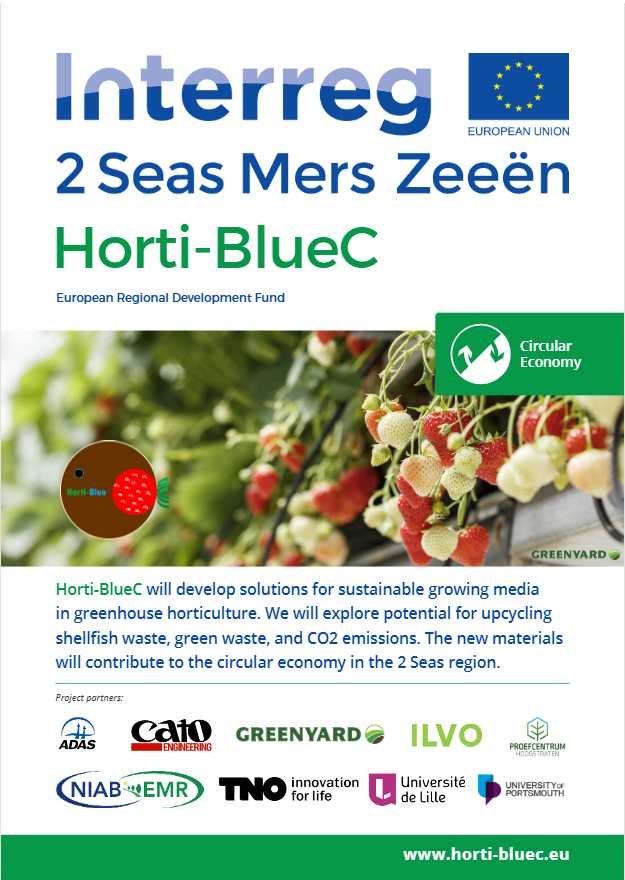
Project funding
The project has received funding from the Interreg 2 Seas programme 2014-2020, co-funded by the European Regional Development Fund under subsidy contract No 2S03-046. Both the Province of Antwerp and the Province of East-Flanders are co-funding ILVO for this project.
Nine partners from Belgium, France, the Netherlands and the UK are involved: the Energy Research Centre of the Netherlands (part of TNO), Université de Lille, ADAS UK Ltd, Agaris Group, Cato Engineering, NIAB EMR, University of Portsmouth, Research Centre Hoogstraten and ILVO.


